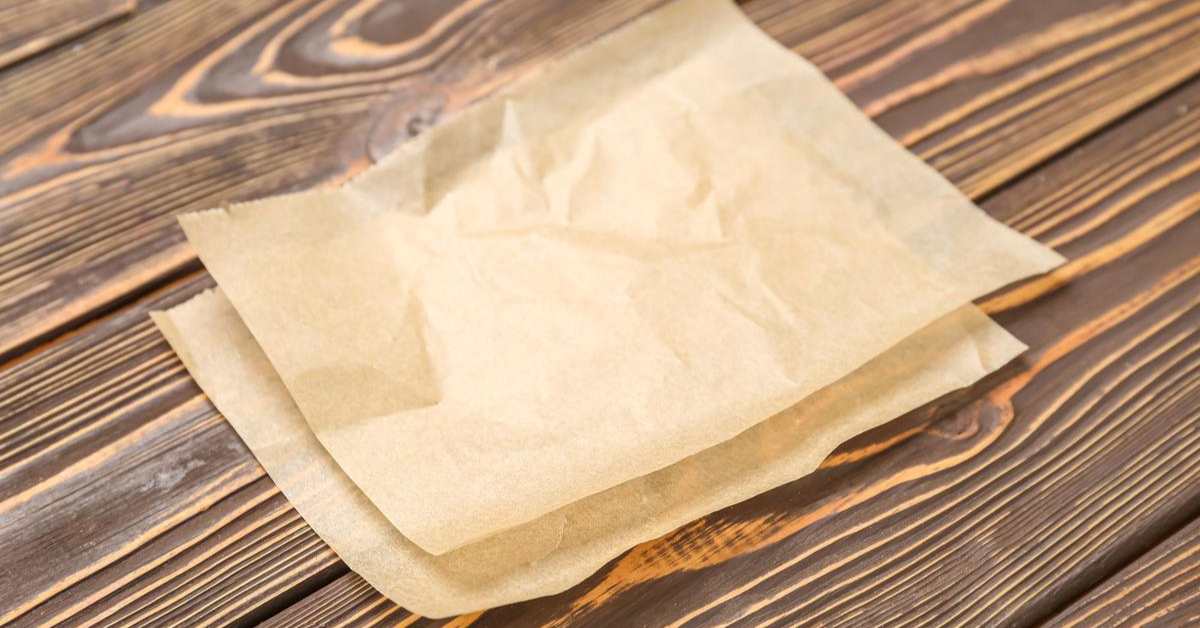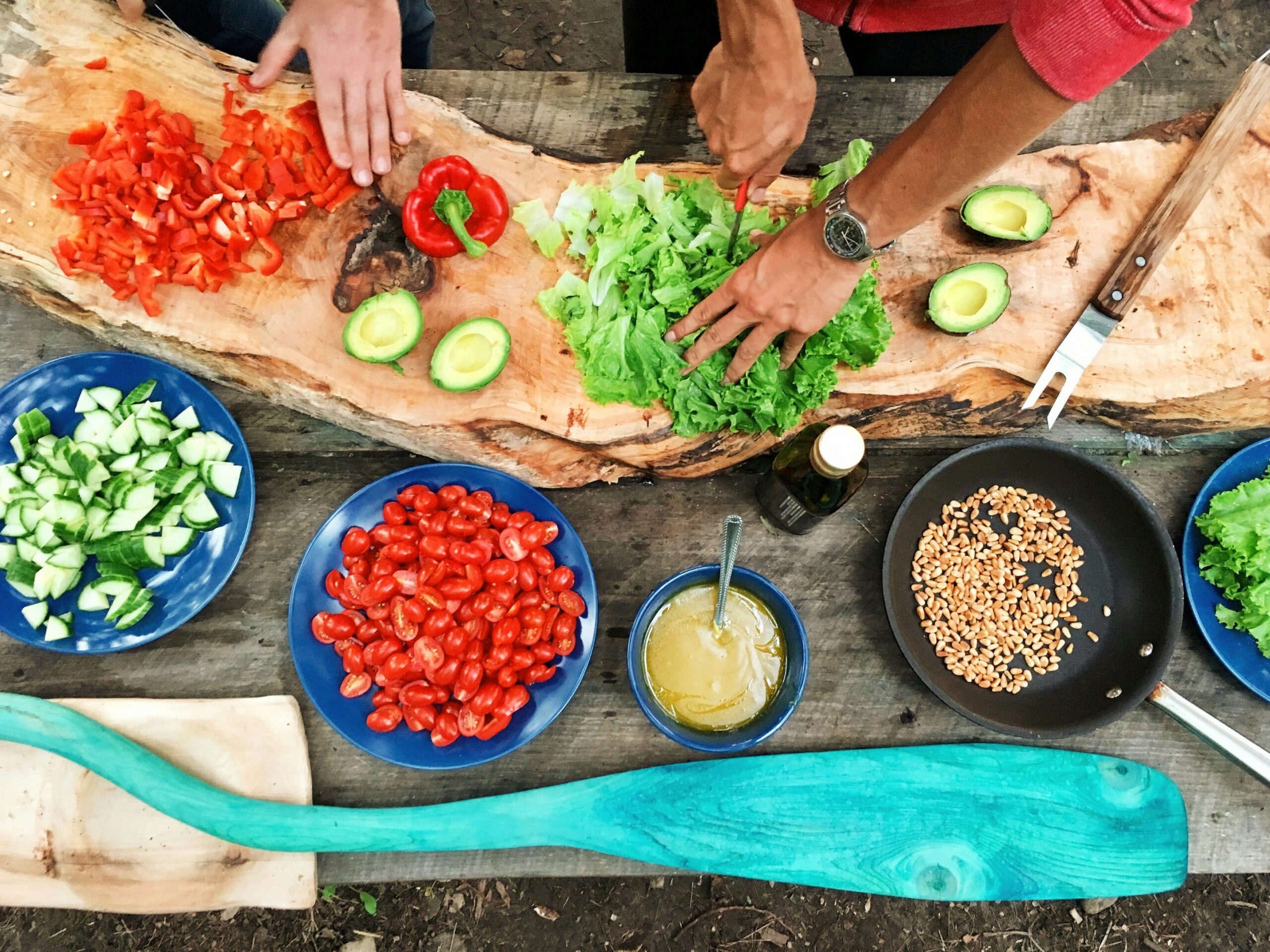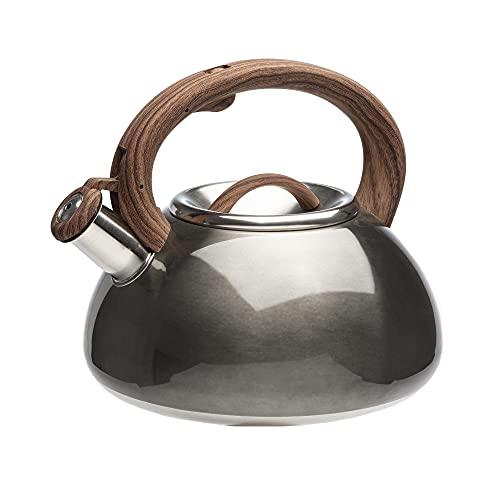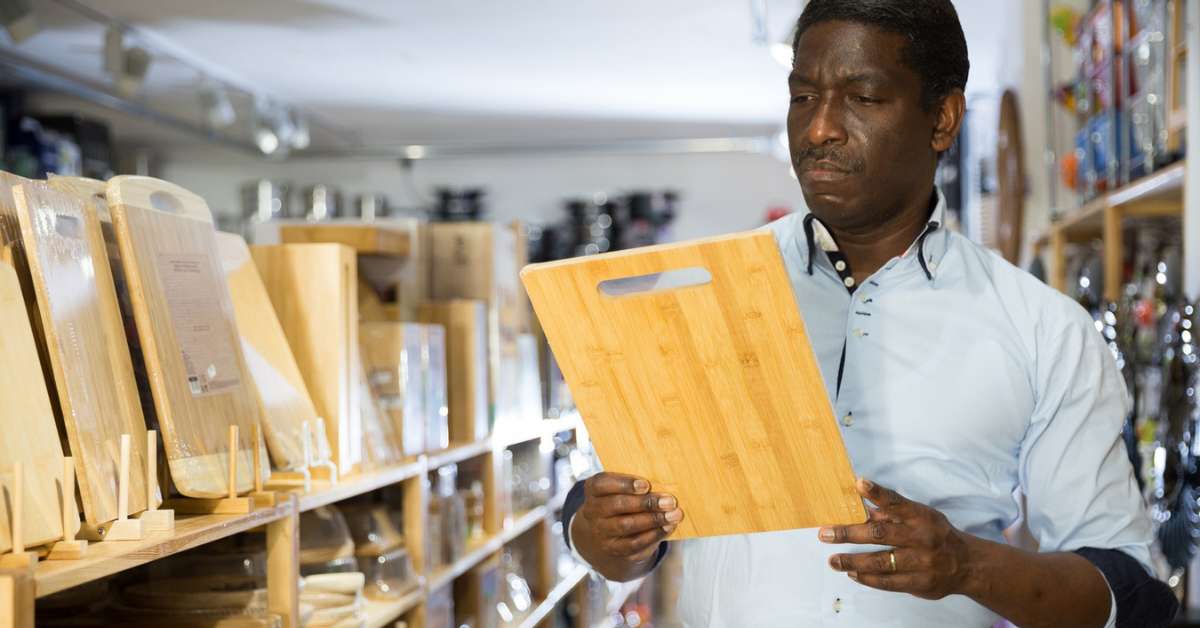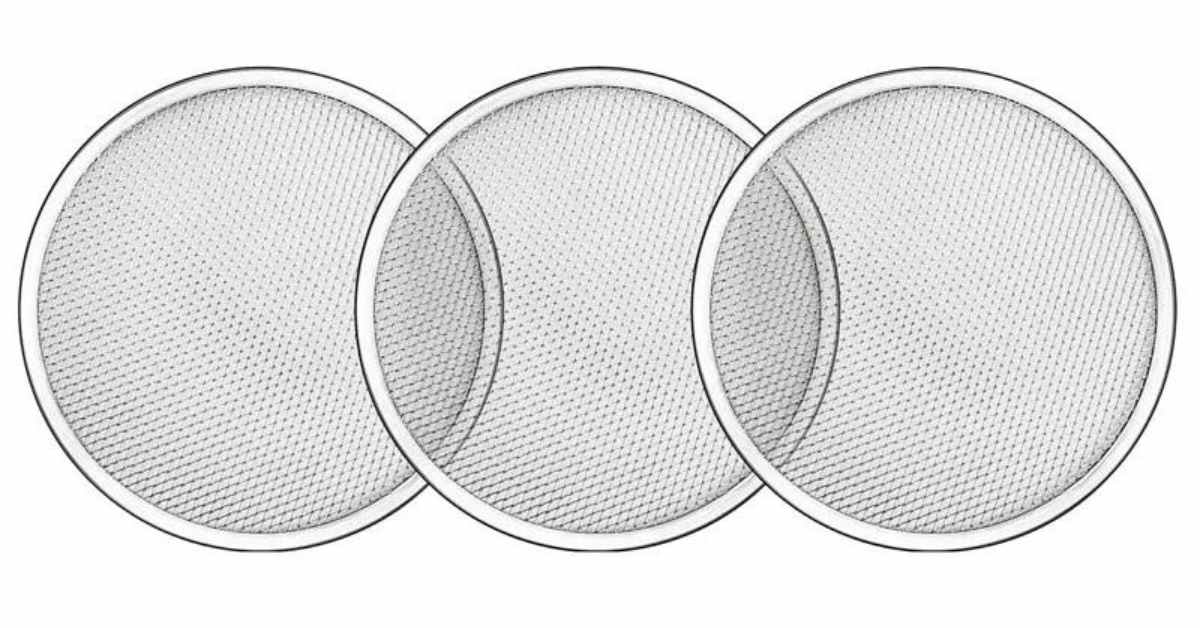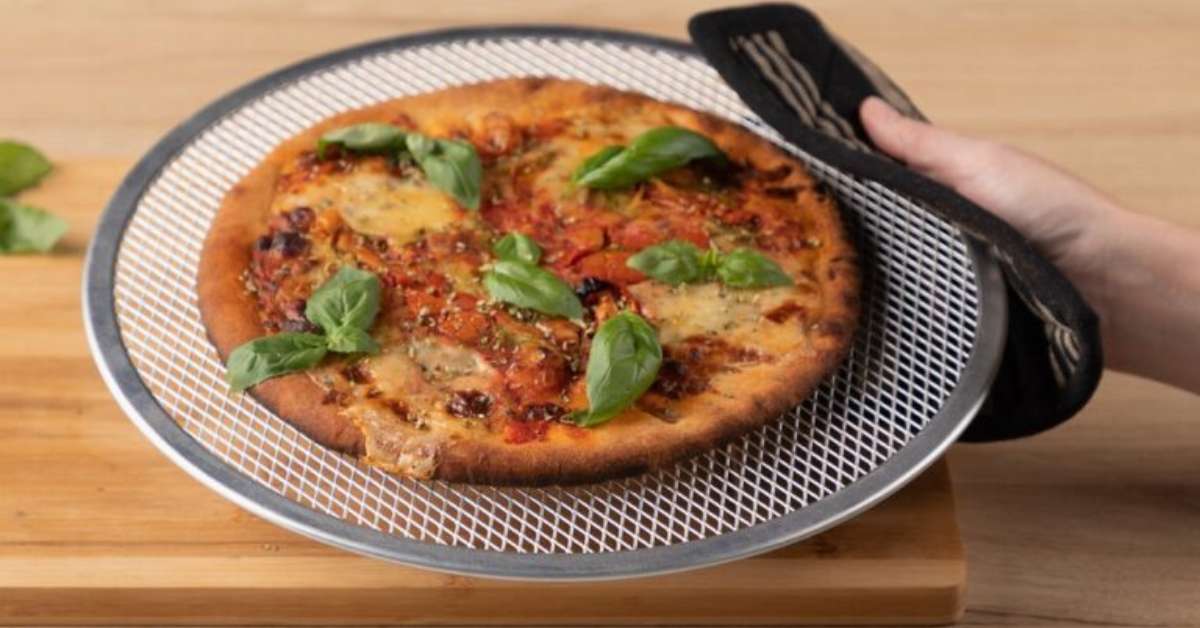Wax paper is a common household item used for various purposes in the kitchen, such as wrapping sandwiches, lining baking sheets, and storing food. However, there has always been confusion and concern about whether it is safe to consume food that comes into contact with wax paper.
This article will provide the most up-to-date information, addressing the question: Can you eat wax paper? As of 2023, we have the answers you need to make informed decisions about its use in food preparation and consumption. Let’s investigate the details to understand wax paper ingestion’s safety and potential risks.
Table of Contents
ToggleThe Composition of Wax Paper
Before delving into whether you can eat wax paper, it’s essential to understand its composition. Wax paper is a type of paper that has been coated with a thin layer of wax on both sides.
The wax coating gives the paper its characteristic non-stick properties, making it ideal for various kitchen applications. The wax used in this paper is typically derived from paraffin wax, a type of petroleum-based wax commonly used in food packaging and preservation.
Making wax paper involves coating the piece with melted wax, which is then allowed to cool and solidify, forming a protective barrier against moisture and grease. This feature makes wax paper an attractive option for wrapping food items to keep them fresh and prevent them from sticking together.
As consumers, it’s natural to wonder whether the wax used in this paper poses any health risks when it comes into contact with our food.
The Risks of Eating Wax Paper

Wasting wax paper can pose potential health risks due to its composition. While the wax used in the article is generally considered food-safe, consuming or ingesting large quantities of it regularly may lead to gastrointestinal issues.
The human body is not designed to digest wax, and if ingested in significant amounts, it could cause discomfort, such as abdominal pain, bloating, or diarrhea.
Moreover, certain types of wax paper might be coated with additives or dyes, which could be harmful if consumed in large quantities. It’s essential to be cautious and avoid eating wax paper intentionally, even if accidentally ingesting small bits is unlikely to cause significant harm.
Understanding Food Packaging Labels
To make informed decisions about the safety and suitability of food packaging materials, including wax paper, it’s crucial to understand the information provided on food packaging labels. Food packaging labels often contain valuable insights into the materials used and their intended applications.
Food-Grade Designation: Look for labels that indicate the packaging material is “food-grade.” This designation means the fabric is deemed safe for direct contact with food and meets regulatory standards.
Certifications: Check for certifications from relevant authorities or organizations that ensure the safety and quality of the packaging material. These certifications provide peace of mind regarding the product’s health and safety standards compliance.
Usage Instructions: Packaging labels often provide instructions on properly using the material. Follow these guidelines to ensure the safe handling and usage of the product.
Contact Information: Look for the contact information of the manufacturer or distributor. You can contact them for clarification if you have questions or concerns about the product’s safety.
By familiarizing yourself with food packaging labels, you can make informed choices about the materials you use in your kitchen and ensure that your food remains safe and free from potential contaminants.
Safe Use of Wax Paper in Food Preparation
When using wax paper in food preparation, following specific guidelines is essential to ensure its safe and appropriate use. By taking necessary precautions, you can minimize the risks associated with using this type of paper in contact with food.
Limited Contact with Direct Heat: Wax paper is not designed for high-temperature cooking or baking. Avoid placing it directly on hot surfaces, such as stovetops or ovens, as the wax coating may melt and potentially transfer to your food.
Preventing Charring and Ignition: Avoid exposing wax paper to open flames or broiler heat. The paper’s wax coating is flammable and may catch fire if exposed to high heat.
Avoiding Fatty or Oily Foods: While the wax paper is relatively resistant to grease, prolonged contact with fatty or oily foods can compromise its integrity. It’s best to use wax paper for wrapping dry or less oily foods.
Not for Microwave Use: Never use wax paper in the microwave. The heat generated in the microwave can cause the wax to melt and may contaminate your food.
Storage and Disposal: Store wax paper in a cool, dry place away from direct sunlight. Proper storage helps maintain its quality and prevents it from absorbing unwanted odors. When disposing of used wax paper, discard it properly, following your local waste disposal guidelines.
By adhering to these precautions, you can safely use wax paper for various food preparation tasks without compromising your well-being.
Myths and Misconceptions about Wax Paper
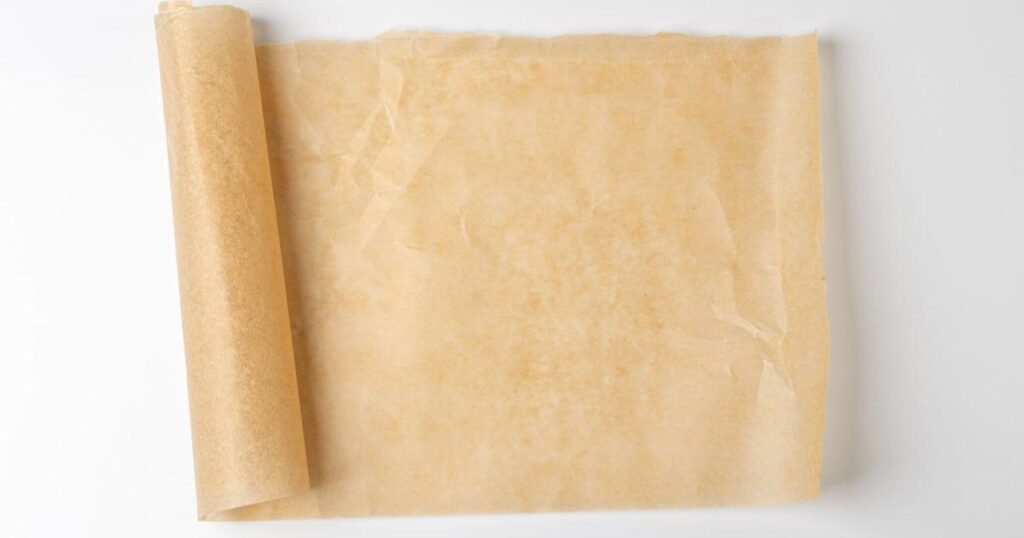
Over the years, several myths and misconceptions about using wax paper in the kitchen have circulated. Let’s debunk some common misunderstandings and clarify the facts surrounding this versatile kitchen tool.
Myth: Wax Paper is Edible: One prevalent myth suggests that wax paper is edible and can be consumed without harm. In reality, while the wax used in the article is food-safe in small amounts, it is not meant to be eaten directly. Ingesting large quantities of wax paper can lead to digestive issues and discomfort.
Misconception: Wax Paper is Interchangeable with Parchment Paper: While wax paper and parchment paper may appear similar, they serve different purposes. Parchment paper is heat-resistant and designed for baking and cooking, whereas wax paper is not heat-safe and should not be exposed to direct heat.
Myth: Wax Paper is Environmentally-Friendly: Some may believe that wax paper is eco-friendly due to its biodegradable properties. While the wax paper is biodegradable, its production process and potential additives may still have environmental impacts. Consider eco-friendly alternatives when possible.
Misconception: Wax Paper is Microwave-Safe: Using wax paper in the microwave is not safe, as the heat can cause the wax to melt and transfer onto the food. This can compromise the taste and texture of your meal and may pose health risks.
Myth: All Wax Papers are the Same: Not all wax papers are created equal. Some variations may contain additional coatings, additives, or dyes, which could be harmful if ingested. Always check the packaging and opt for food-grade, unbleached wax paper.
By dispelling these myths and misconceptions, you can make informed choices about using wax paper in your kitchen and avoid potential risks associated with its improper use.
The Verdict: Can You Eat Wax Paper
After examining the composition, risks, and safe use and debunking myths surrounding wax paper, we can now address the essential question: Can you eat wax paper? The answer is clear – while the wax paper is not intended for consumption, accidentally ingesting small amounts from food wrapping is unlikely to cause significant harm. However, intentionally eating wax paper or consuming large quantities may lead to digestive discomfort and should be avoided.
Generally, it’s best to use wax paper solely for intended purposes, such as wrapping sandwiches or lining baking sheets. Avoid exposing it to direct heat, microwaving it, or using it with fatty or oily foods. Additionally, check the product’s packaging for food-grade designations and certifications to ensure you use a safe and appropriate material in your kitchen.
While the wax paper has its uses, consider exploring alternative materials that offer similar benefits without the associated risks. Parchment paper, for example, is an excellent heat-resistant option for baking, and reusable silicone food wraps can be a more environmentally-friendly choice for wrapping foods.
Frequently Asked Questions (FAQs)
Is wax paper food-safe?
Yes, in general, wax paper is considered food-safe. The wax used in its coating is typically food-grade, and when used appropriately, it poses minimal risk to your health. However, it’s essential to refrain from consuming large quantities of wax paper, as it is not meant to be ingested directly.
Does wax paper melt on food?
Wax paper is not heat-resistant and can melt when exposed to high temperatures, such as in an oven or on a hot surface. It is essential to avoid using wax paper when it may come into direct contact with heat.
Does wax paper affect taste?
Wax paper should not significantly impact the taste of your food when used as intended. However, if it comes into contact with particularly strong-smelling or flavored foods, there may be a subtle taste transfer from the paper to the food.
What is wax paper made of?
Wax paper is made by coating paper with a thin layer of wax on both sides. The resin used is often derived from paraffin, a type of petroleum-based wax. This coating gives the paper its non-stick properties, making it suitable for various kitchen applications.
Is wax paper safer than plastic?
Wax paper and plastic have different properties and uses. Wax paper is biodegradable and generally considered more environmentally friendly than plastic wraps. However, neither wax paper nor plastic is intended for direct contact with hot foods or exposure to high temperatures.
Conclusion
Wax paper is a versatile kitchen tool offering convenience for food wrapping and storage. While it is generally food-safe, using wax paper mindfully and by its intended applications is essential. Avoid exposing it to direct heat or microwaving it, as it can melt and compromise the safety of your food.
Remember that wax paper is not meant to be eaten; consuming significant amounts may lead to digestive discomfort. To ensure safe food preparation, consider exploring alternatives like parchment paper for baking and reusable silicone food wraps for wrapping foods. By staying informed and following proper guidelines, you can enhance your culinary experiences while prioritizing your health and well-being in the kitchen.

